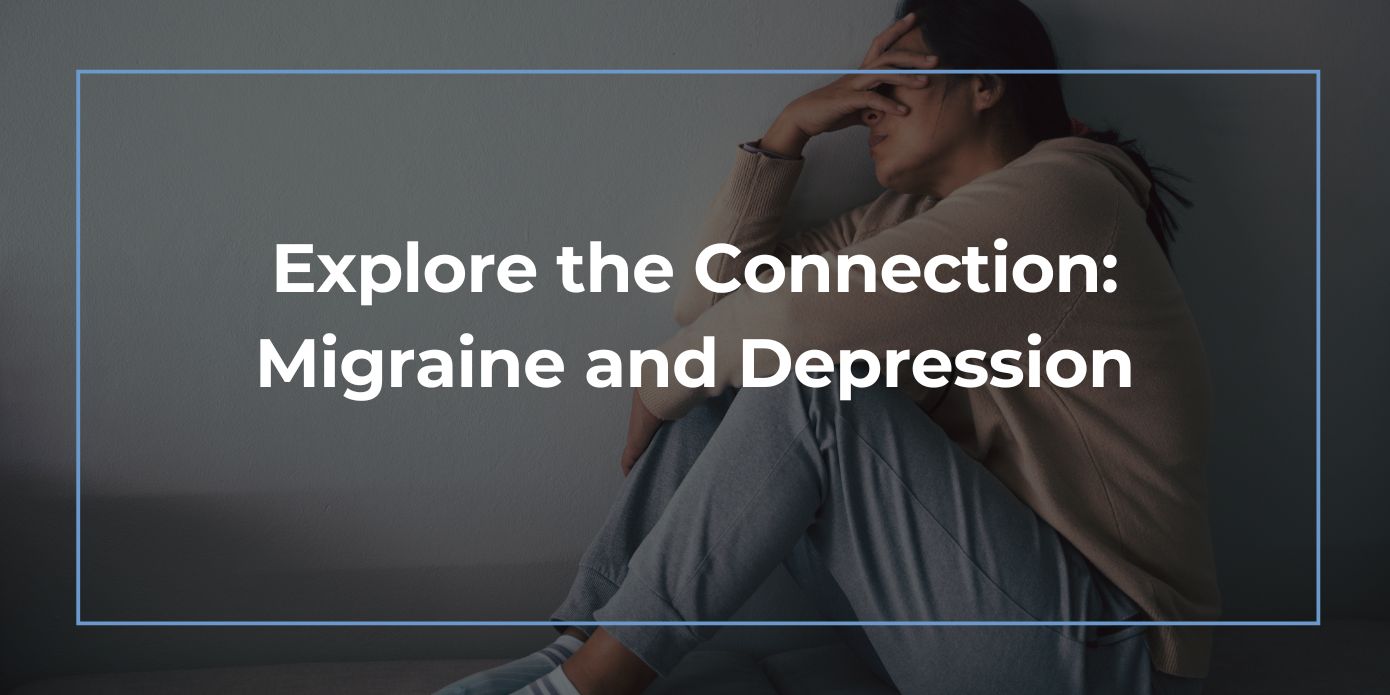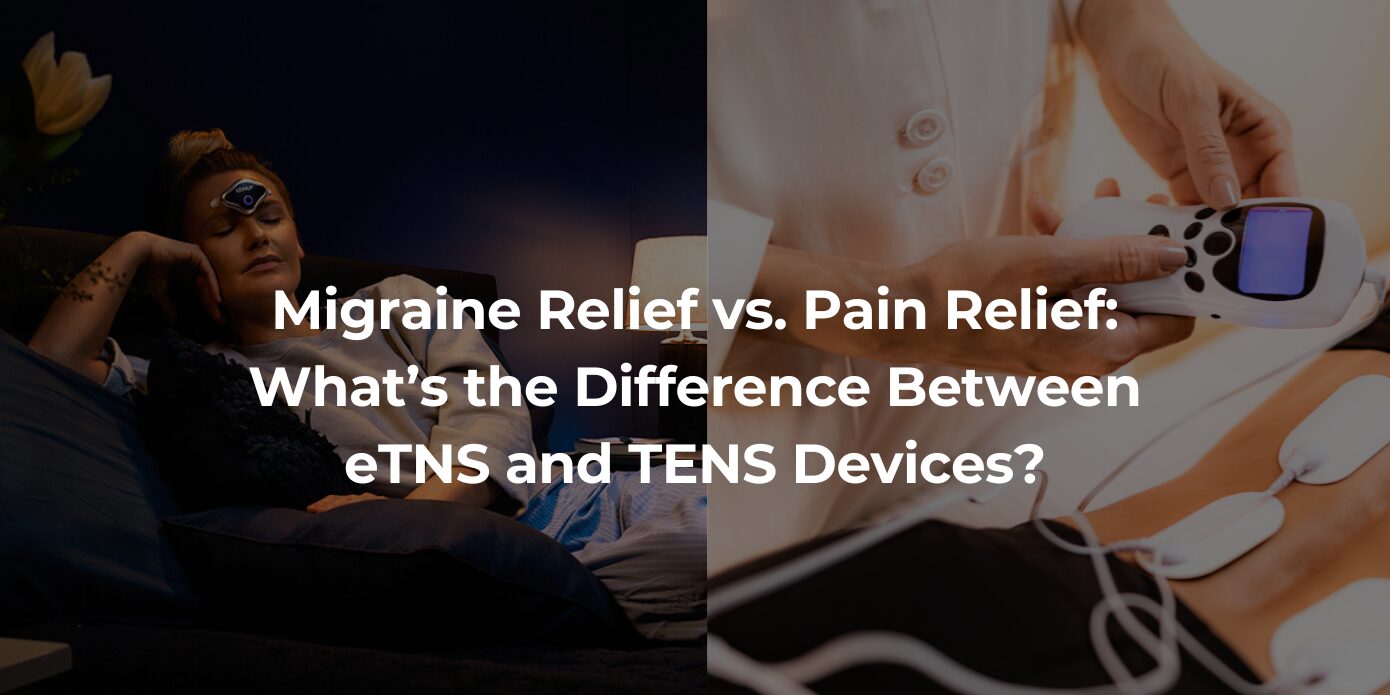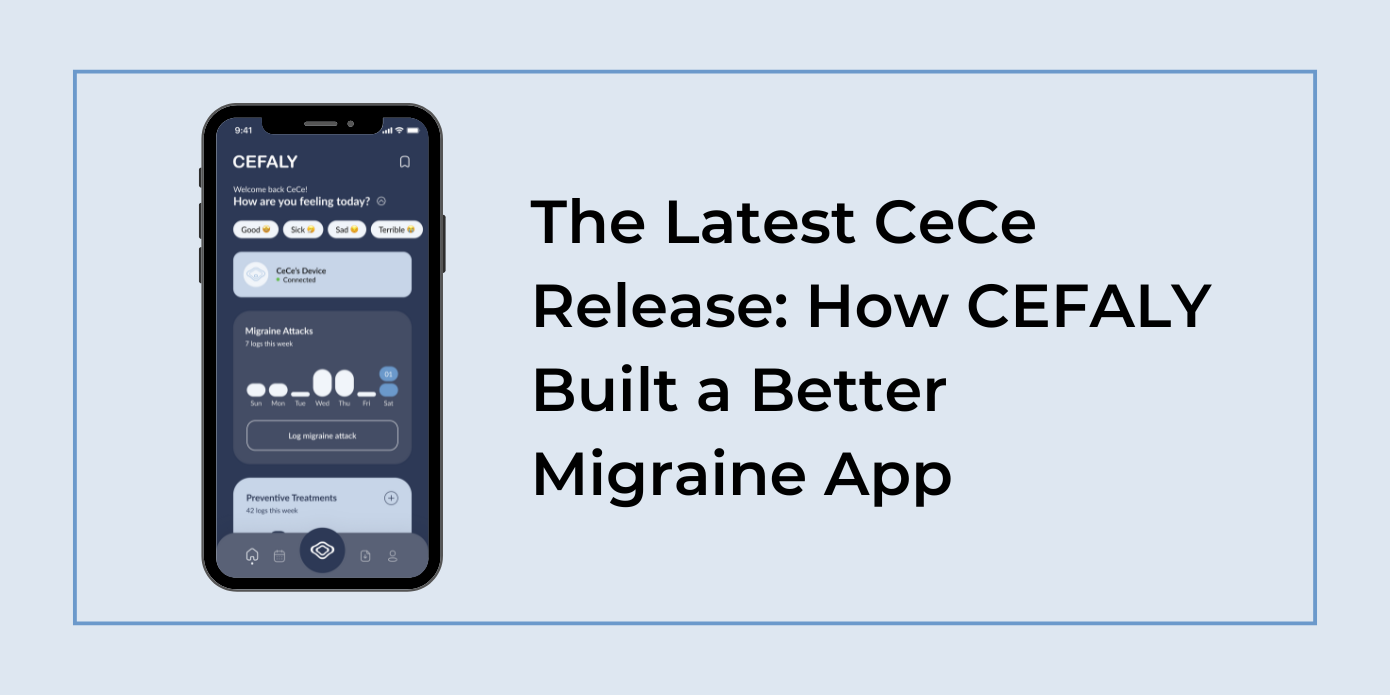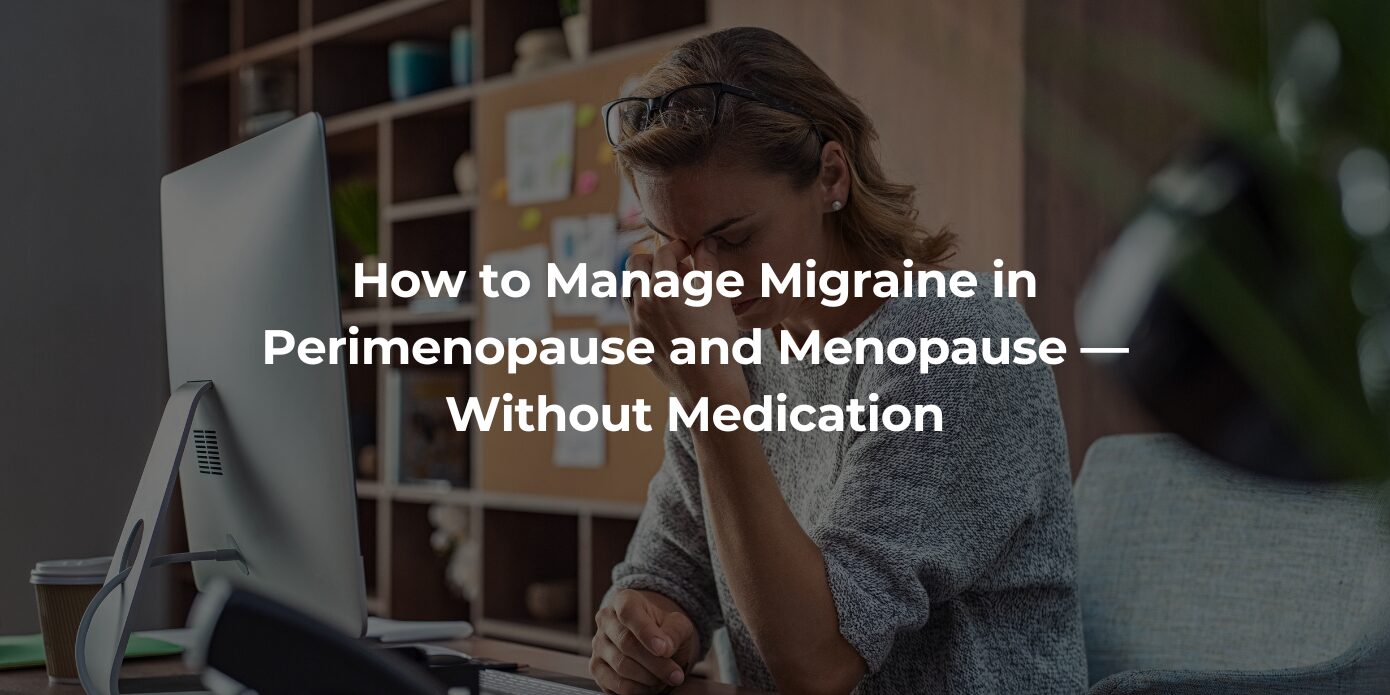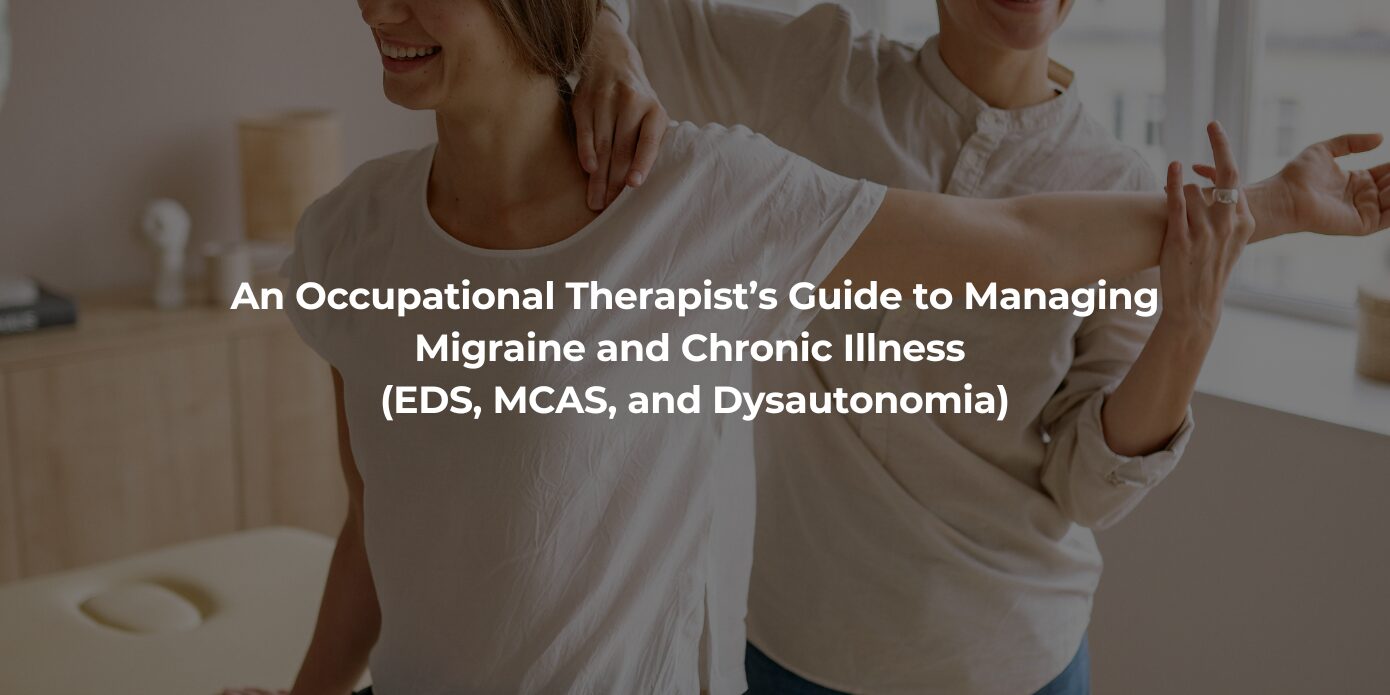Living with migraine can at times feel like an isolating disability that no one understands. But, did you know that migraine affects more than 1 billion people worldwide? It is actually very common, and yet, no two experiences are the same. The triggers; the intensity; the symptoms; these are all unique to each individual.
For some living with migraine, depression is a factor that can go hand in hand. In fact, it’s actually a two-way connection; if you have depression, you may develop migraine, and likewise if you live with migraine, it may lead to depression.
Depression is a mood disorder that affects more than 280 million people worldwide. In the same way migraine isn’t just a headache, depression is more than sad feelings. Hopelessness, fatigue and loss of interest in activities are just some of the indicators of depression.
Migraine and depression may share some genetic and physiological factors. Reduced activity in the thalamus and abnormal dopamine and serotonin levels are seen in both disorders.
Migraine and depression are connected in other ways, too. For instance:
- some migraine medications are linked to depression
- some possible migraine triggers such as alcohol or lack of quality sleep can lead to depression
- even daily living with chronic pain may cause depression
Individually, migraine and depression can have a negative effect on your life, but combined, you can experience an even greater impact. Increased disability, medication overuse, and excessive time lost from work are just a few examples.
Try CEFALY to Prevent & Relieve Migraine Pain
How can depression and migraine be addressed?
Research and clinical studies have led to many treatment options for both migraine and depression, which will vary from person to person. “There is a multidisciplinary approach (to treating migraine and depression,) and this really seems to work,” says Cara Scruggs, a seasoned licensed professional counselor and patient advocate. This includes:
- Lifestyle modifications
- Psychotherapy
- Pharmacological interventions
- Non-pharmacological modifications
Lifestyle modifications
Lifestyle modifications really focus on trigger management. By identifying the triggers that bring on symptoms of migraine and depression, you can then take steps in eliminating them or at least reducing their frequency and severity. Some examples of triggers may include stress, hormonal changes and certain foods. And while each person’s approach will be individual, adding lifestyle changes like exercise, meditation and a healthy diet are always beneficial.
Psychotherapy
Also referred to as “talk therapy,” psychotherapy is a treatment that can help people with a wide array of emotional and mental health challenges. There are many different modalities, including cognitive-behavioral therapy, supportive group therapy and others. The aim of psychotherapy is to identify certain emotions and behaviors and help you make changes to improve quality of life.
Pharmacological interventions
Some treatments include medications that address migraine, depression or both. As with any medication, some combinations may interact with others and cause adverse reactions, or prevent the medication from working at all. Speak with your doctor to determine if pharmacological treatment is for you and work together to develop the right plan.
Non-pharmacological interventions
In addition to the lifestyle changes mentioned above, including exercise and meditation for stress management, there are other non-medicated ways to address migraine pain and depression symptoms.
Biofeedback is one approach in which you work with a professional and use sensors and guidance to monitor and regulate certain body functions, such as heart rate and breathing patterns.
Transcranial Magnetic Stimulation (TMS) is a procedure in which magnetic fields stimulate brain activity. It is a non-invasive therapy and is usually focused on treating depression.
Another non-invasive treatment specifically for migraine is external trigeminal nerve stimulation (eTNS). This method focuses on migraine relief by stimulating and desensitizing the trigeminal nerve, the primary pathway for migraine pain. First introduced in 2008, CEFALY is the original FDA-cleared, wearable eTNS device for migraine relief. CEFALY provides both acute and preventative modes to relieve migraine symptoms and reduce the frequency of migraine attacks over time. It attaches to an adhesive electrode on your forehead and provides gentle, targeted stimulation.
Living with migraine and depression can be a daily challenge, and finding the right approach is part of the healing journey. Most importantly, know that there is always help, and that you don’t have to suffer with depression or migraine alone. Speak to your doctor, reach out to a therapist, and let these experts assist you in gaining control with a treatment plan.
